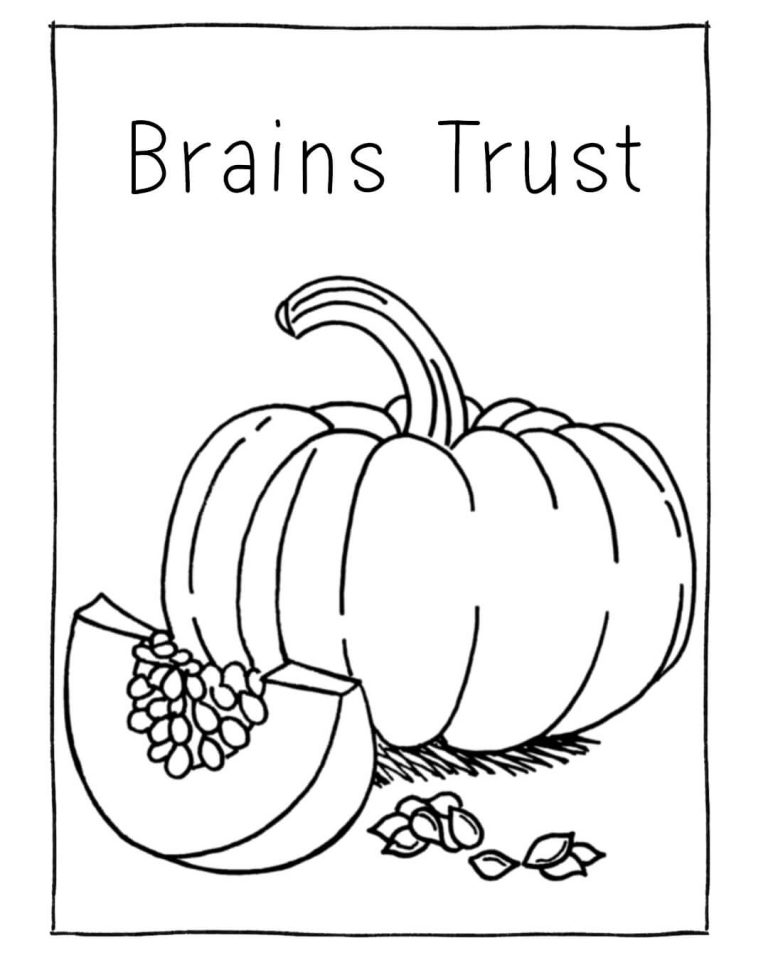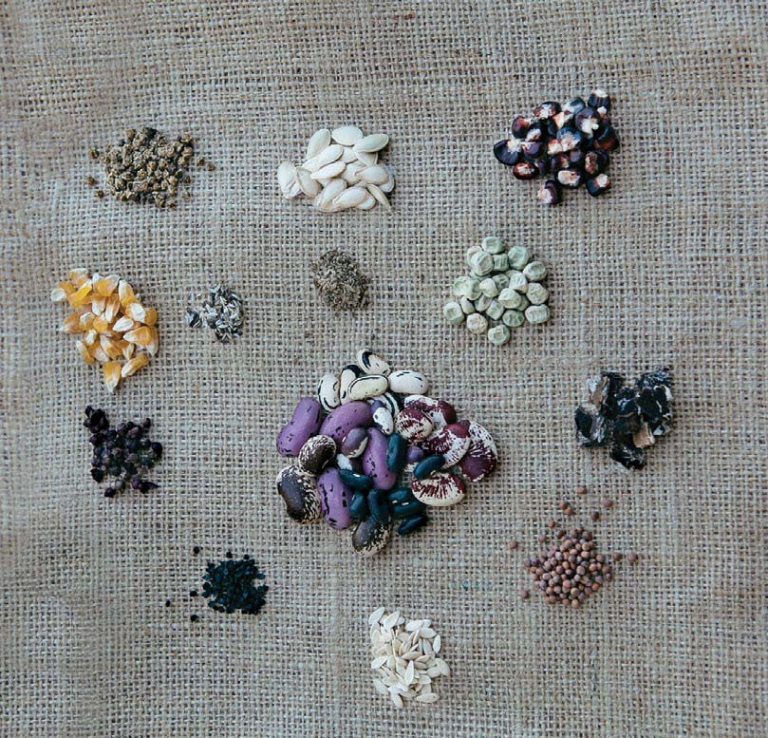Brains Trust

How do I know how much honey to take at the end of summer to ensure the bees have enough honey to last them through winter?
It’s really important that we leave enough honey for the colony to survive on during the months of winter. Bees collect nectar all spring and summer to store and make honey. The honey they make and store is eaten and keeps the colony fed when there is nothing left to forage. When they eat the honey, they transform the carbohydrates into energy by vibrating their wing muscles to produce heat and maintain a constant temperature inside the hive and around the winter cluster.
The honeycomb also provides an important insulation barrier against the cold. The amount of honey you should leave depends on the size of the colony you have at the end of the season. In a standard-size langstroth hive where you have one full box of brood and bees, you should also leave one full box of honey, or about eight frames. In a full Kenyan top-bar hive, leave eight bars of honey. In a three-quarter-size hive, leave six, and in a half-size Kenyan hive, four bars. Check your bees’ stores in the last two weeks of winter to see if they’ve got enough to get them through until spring when the blossoms start to open.


